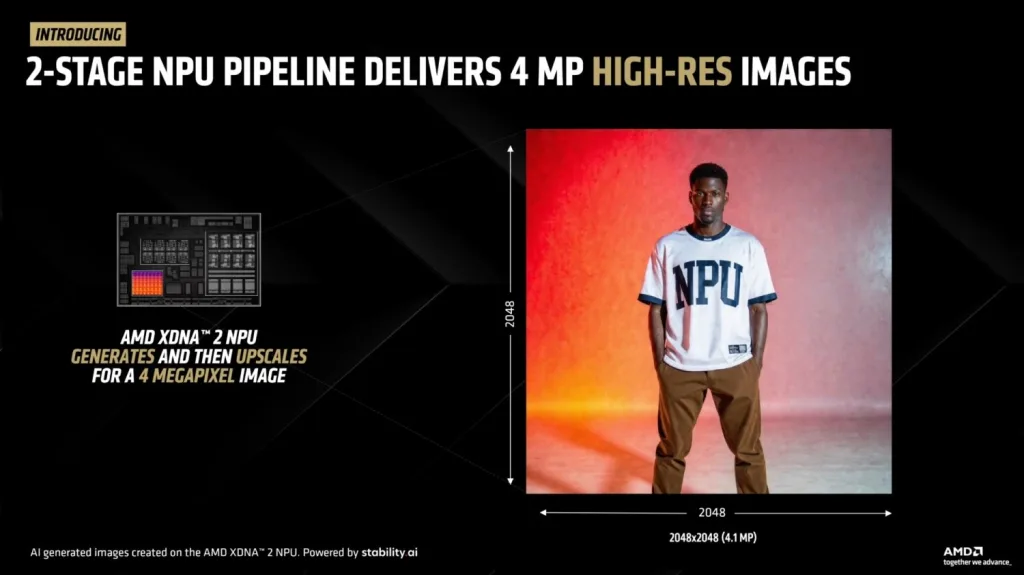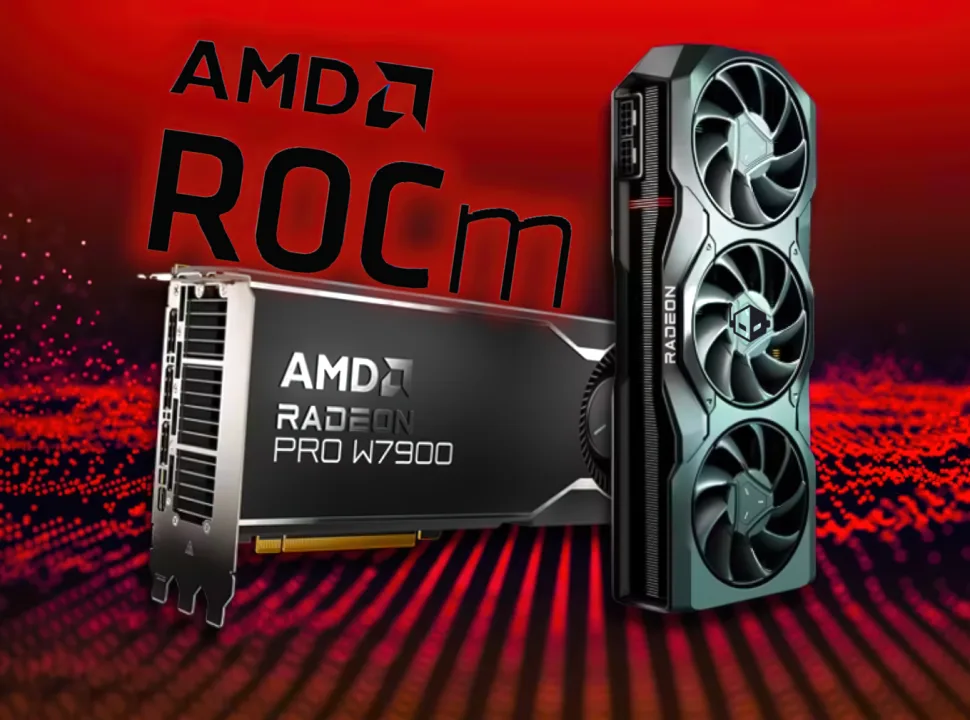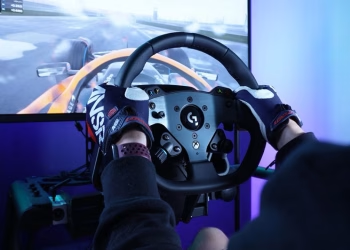AMD has revolutionized local AI image generation by introducing the world’s first BF16 NPU model for Stable Diffusion 3.0 Medium, optimized specifically for XDNA 2 NPUs. This breakthrough collaboration with Stability AI enables high-quality image generation directly on Ryzen AI laptops.

Table of Contents
AMD BF16 SD 3.0 Model in Amuse 3.1
The new model runs efficiently on laptops with XDNA 2 NPUs capable of 50+ TOPS and requires only 9GB of memory despite running on 24GB systems. This dramatic reduction in memory requirements makes professional-grade AI image generation accessible to mainstream laptop users.
The BF16 (bfloat16) precision format combines the accuracy benefits of full-precision models with the performance advantages of optimized integer formats. This technical achievement represents a significant leap forward for local AI processing capabilities.

Building on AMD’s Computex 2024 announcement of the first BF16 Stable Diffusion model, this latest release extends advanced AI capabilities to the more sophisticated SD 3.0 Medium architecture, delivering superior image quality and generation speed.
| Specification | AMD BF16 SD 3.0 Model |
|---|---|
| Model Type | Stable Diffusion 3.0 Medium |
| Precision | BF16 (bfloat16) |
| Memory Usage | 9GB in practice |
| System Requirement | 24GB RAM minimum |
| NPU Support | AMD XDNA 2 (50+ TOPS) |
| Compatible CPUs | Ryzen AI 300 Series, Ryzen AI Max |
| Availability | Amuse 3.1 (now available) |
| Collaboration | AMD + Stability AI |
Performance Benefits and Technical Advantages
The BF16 optimization delivers unprecedented efficiency for local AI image generation. Users can now create high-quality images without relying on cloud services or powerful desktop GPUs, making AI creativity truly portable and private.
This breakthrough combines the accuracy of FP16 with enhanced performance characteristics, enabling smooth real-time image generation on battery-powered devices. The model’s efficiency allows sustained creative workflows without thermal throttling or excessive power consumption.
Compatible systems include laptops powered by Ryzen AI 300 Series and Ryzen AI Max processors, ensuring broad accessibility across AMD’s latest AI-focused hardware lineup.
Market Impact and Future Implications
This launch positions AMD competitively against NVIDIA’s dominance in AI processing by democratizing advanced image generation capabilities. Local processing eliminates privacy concerns associated with cloud-based AI services while reducing dependency on internet connectivity.

The collaboration with Stability AI demonstrates AMD’s commitment to optimizing popular AI models for their hardware architecture. This strategic partnership could accelerate adoption of AMD’s NPU technology among content creators and AI enthusiasts.
The ability to run high-quality, offline image generation on Ryzen AI laptops represents a paradigm shift toward truly personal AI computing, where users maintain complete control over their creative processes and data.
For developers and creators, Amuse 3.1 provides an accessible platform for experimenting with cutting-edge AI image generation without expensive hardware investments or cloud service subscriptions.
FAQs
What systems support the new BF16 SD 3.0 model?
Ryzen AI 300 Series and Ryzen AI Max processors with 50+ NPU TOPS and 24GB RAM.
How much memory does the BF16 model actually use?
Only 9GB in practice, despite requiring 24GB system RAM minimum.








